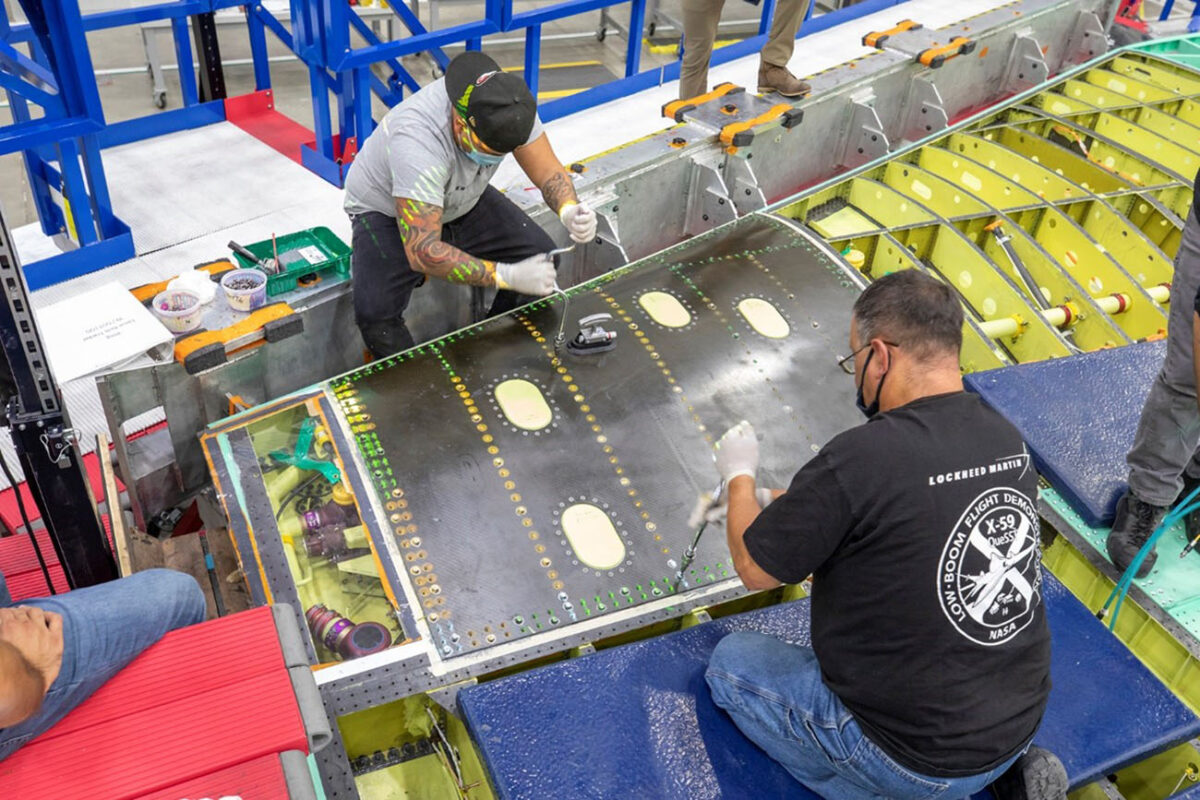Advancing Supersonic Aviation with Prepreg Composite Materials

The future of commercial aviation is heading towards supersonic flights, and the development of new composite materials that meet the highest thermal and stiffness requirements will be the keystone for this new era in air transportation.
On January 12, 2024, NASA and Lockheed Martin revealed the X-59 QSS (Quiet Supersonic Aircraft) after almost 9 years of research and development. The primary goal during this period was to find the ideal design for a supersonic aircraft that is as quiet as possible, leaving behind the noise issues associated with the Concorde.
You can also read: New Era for Composites
Composite Materials Used in Aircraft Manufacturing
Primarily, a prepreg composite material called MTM45-1 (Produced by Solvay) is used. It offers advantages such as good fatigue resistance, a high modulus of stiffness, a low coefficient of thermal expansion, and ease in the manufacturing of thin laminated components. However, it’s not only about physical and mechanical properties but also about geometry in the design of surfaces. In the wings, for example, in the words of Gene Folsom, a member of Lockheed Martin’s Skunk Works division, “Every square inch is different than the square inch around them, the loft is continuously changing.” During construction, composite materials allow for achieving that complex design. In the case of metals, the processes would be quite complex and costly.
Beyond the Fuselage
The development of the aircraft’s nose has been a completely innovative process. Its sharp and elongated geometry of 34 feet and its function during supersonic flight has driven the use of composite materials. Manufacturers construct it in two halves, but contrary to initial assumptions, the seams joining the two parts are on the top and bottom, not on the left and right. This is because the upper and lower areas of the nose undergo higher stresses, which could lead to bending, and that’s why the seams are located in that area to reinforce them, increasing their rigidity and mechanical strength.
For the manufacturing of components on the trailing edge, such as flaperons, ailerons, and the rudder, MTM45-1 was also used. These components are subjected to many loads during operation, and one of the biggest challenges was to design these parts that can have up to 3 inches of thickness. In conclusion, composite materials will play a central role in the design of this new supersonic era that will silently and safely shorten distances between continents.
